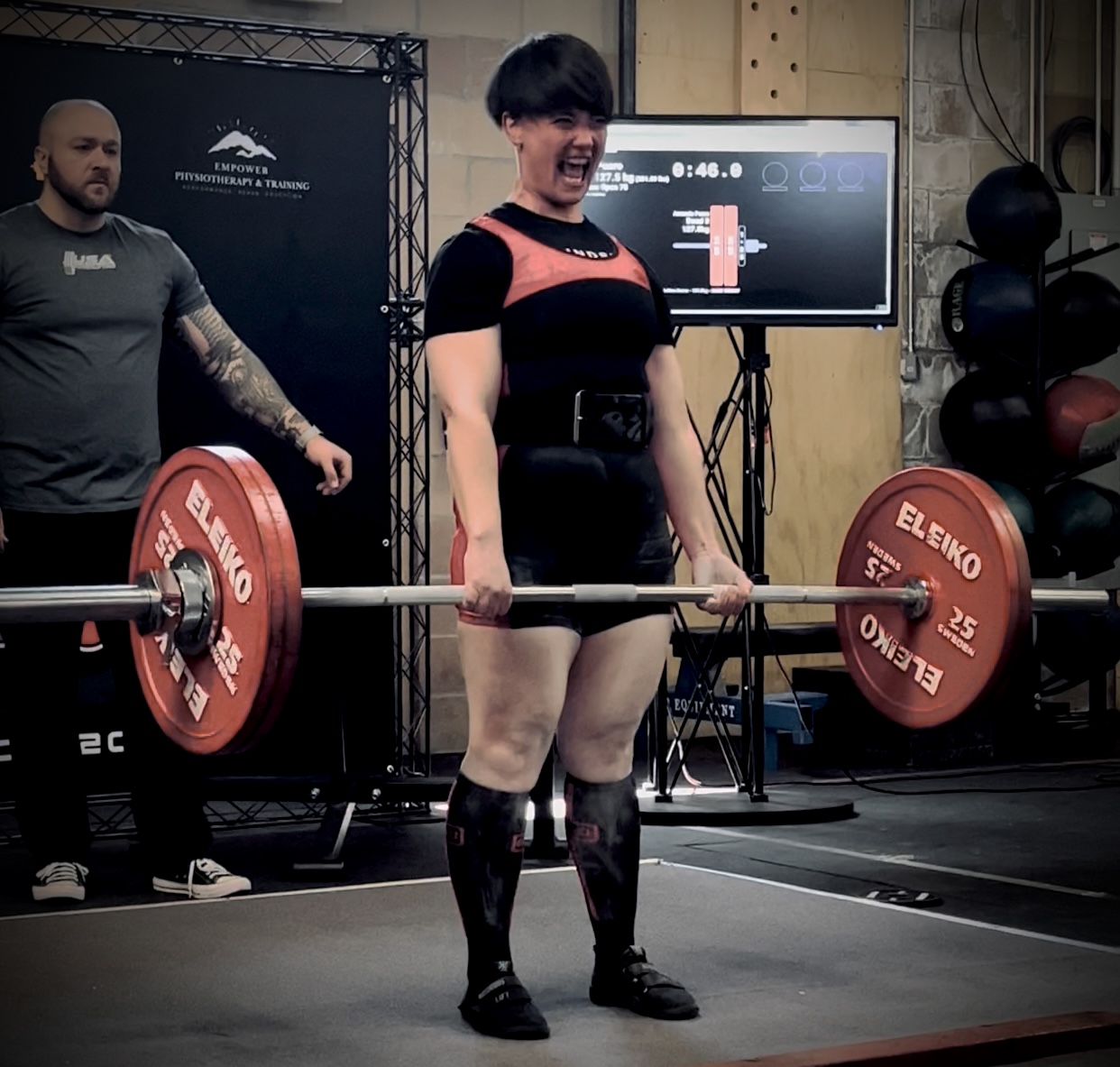Is it Okay to Train while Sick?
- Coach AP
- Oct 27, 2023
- 3 min read
Maintaining a consistent workout routine is essential for achieving fitness goals and leading a healthy lifestyle. However, there are times when you're faced with the dilemma of whether to train through sickness or take a break while you recover. While regular exercise can boost your immune system and improve your overall well-being, there are instances when rest is the better option. We recommend consulting your trusted healthcare provider for personal advisement. This blog post should not be used as medical advice.
In this blog post, we'll explore when it's okay to train through sickness and when you should prioritize rest.
When to Train Through Sickness
Mild Symptoms
If you're experiencing mild symptoms, such as a runny nose, occasional sneezing, or a minor headache, it's generally safe to continue your workouts. In fact, some light exercise may help alleviate symptoms and make you feel better. Just be sure to reduce the intensity and duration of your training, and listen to your body. If at any point your symptoms worsen, it's essential to stop and prioritize rest.
"Below the Neck" Rule
The "below the neck" rule is a helpful guideline for deciding whether to train through sickness. If your symptoms are concentrated in your chest or lower body, it's usually best to skip your workout. Symptoms like chest congestion, coughing, or stomach issues can worsen with exercise and may prolong your recovery time.
Non-Contagious Illness
If you have a non-contagious illness, such as an injury or a condition that doesn't pose a risk to others, you may still be able to train with some modifications. Consult your healthcare provider for guidance on what types of exercise are safe for your specific condition.
Mental Health Considerations
Exercise can have positive effects on your mental health, including reducing stress and improving mood. In some cases, a light workout may be beneficial even when you're feeling under the weather. However, be mindful of your energy levels and don't push yourself too hard.
When to Take a Break from Training
Contagious Illness
If you have a contagious illness, it's crucial to prioritize the health and safety of others. Avoid going to the gym or participating in group workouts to prevent the spread of germs. Use this time to rest and recover, and consider resuming your exercise routine when you are no longer contagious.
High Fever or Severe Symptoms
Exercising with a high fever or severe symptoms can be dangerous and may lead to complications. High fevers can increase your risk of dehydration and heat-related illnesses, and they can also strain your heart. Rest is essential in such cases, and you should focus on hydrating and getting plenty of sleep.
Exhaustion and Fatigue
If your sickness has left you feeling extremely fatigued or weak, it's best to rest. Overexerting yourself can delay your recovery and increase the risk of complications. Your body needs energy to fight off illness, so give it the time it needs to heal.
Recovery from Injuries
If you're recovering from an injury, it's important to follow your healthcare provider's recommendations. Training through an injury can lead to further damage and setbacks. Rest and focus on rehabilitation exercises to aid your recovery.
The decision of whether to train through sickness or take a break depends on the nature and severity of your symptoms. While regular exercise is generally beneficial for your health, it's crucial to prioritize your well-being and listen to your body (and your doctor(s)!) when you're feeling unwell. Remember that consistency in your fitness routine is important, but so is knowing when it's okay to hit the pause button. When in doubt, consult with a healthcare professional for guidance on whether it's safe to continue training or if you should take a break and focus on recovery.


Comments